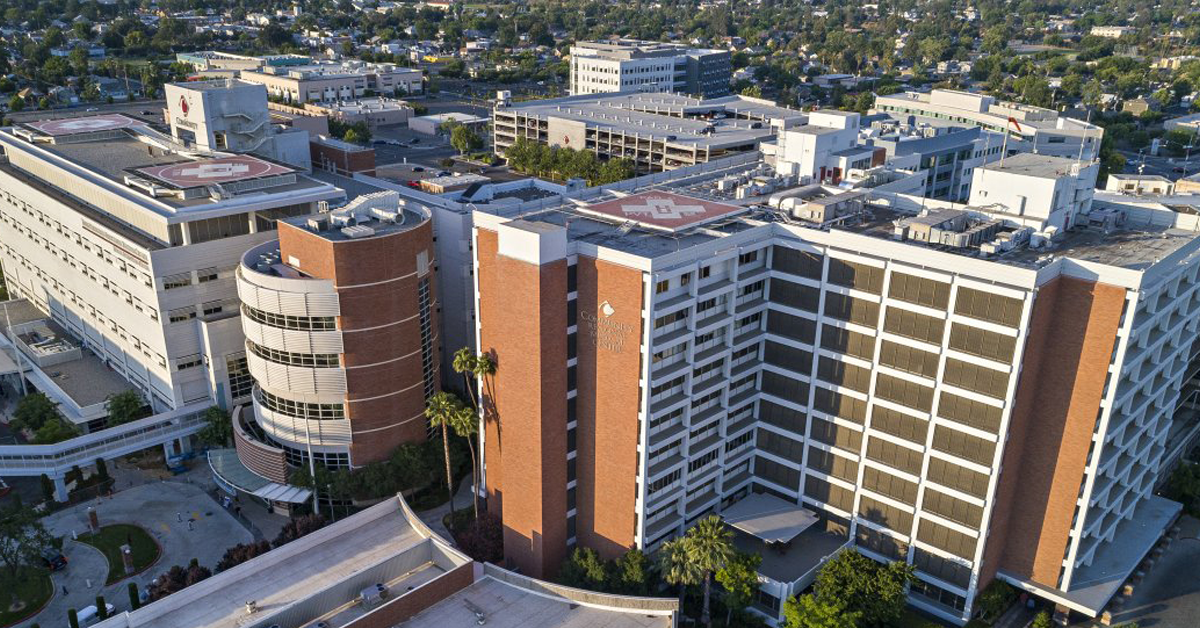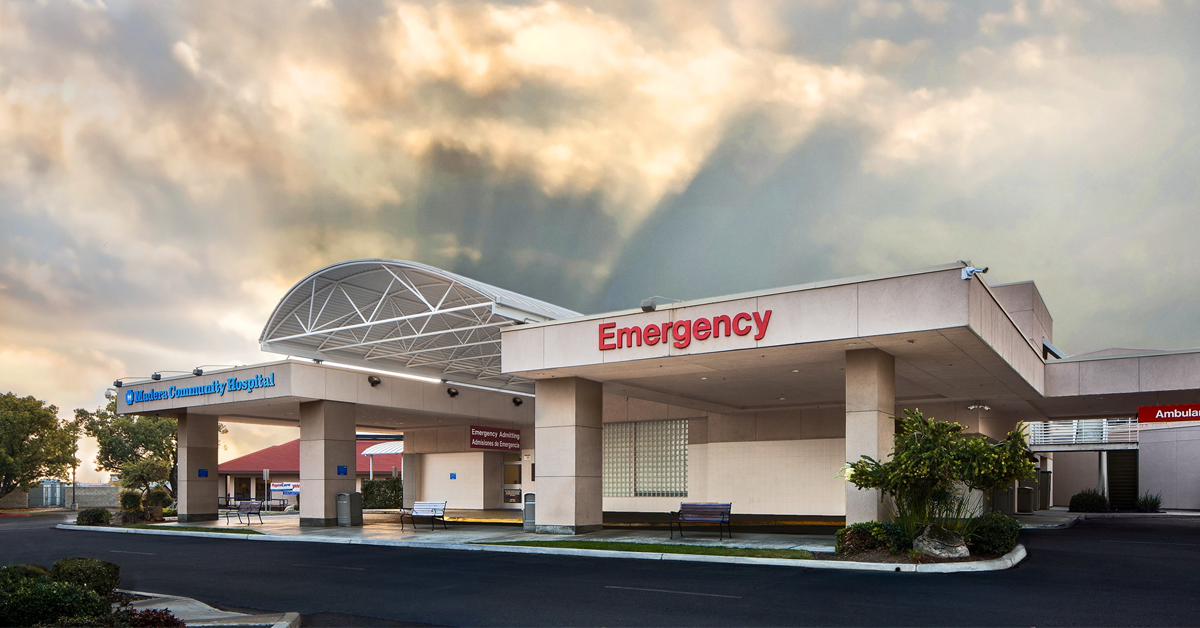Valley Children’s doctors have become the first in the nation to use advanced genetic testing to save babies’ hearing.
Doctors used a genetic test to determine if a common antibiotic could lead to long-term hearing loss.
Driving the news: The team in the Valley Children’s Precision Medicine Program is the first to use the genetic test to see if babies are at a higher risk of hearing damage from aminoglycoside.
- With that knowledge in hand, doctors can take a different course of action to treat infections in babies.
Go deeper: Aminoglycosides are a class of antibiotics that are often used to treat infections for infants in the neonatal intensive care unit (NICU).
- While aminoglycoside attacks bacteria, it can also attack human proteins that are vital to hearing development.
- Babies born with certain variants of the MT-RNR1 gene are at greater risk of hearing loss.
How it works: Doctors take a small saliva sample from the baby’s cheek and analyze it in a machine that tests for the MT-RNR1 gene.
- Results can be delivered within an hour if needed.
What we’re watching: The hospital plans to standardize the process for babies in the hospital later this year.
- Valley Children’s is currently conducting rapid testing for patients outside the hospital.
What they’re saying: “Previously, we would have to wait weeks for the results of MT-RNR1 genetic testing,” said Dr. Jeremy Woods, Valley Children’s geneticist and director of the Precision Medicine Program. “Now, we can have results back in under an hour,” Dr. Woods said. “That gives us plenty of time to choose a safer antibiotic to treat a seriously ill baby.”
- Woods added, “Standardizing genome testing in the NICU underscores our commitment to utilizing cutting-edge technology and genetics to provide our patients with more than the best care, but the specialized kind of care they need.”











